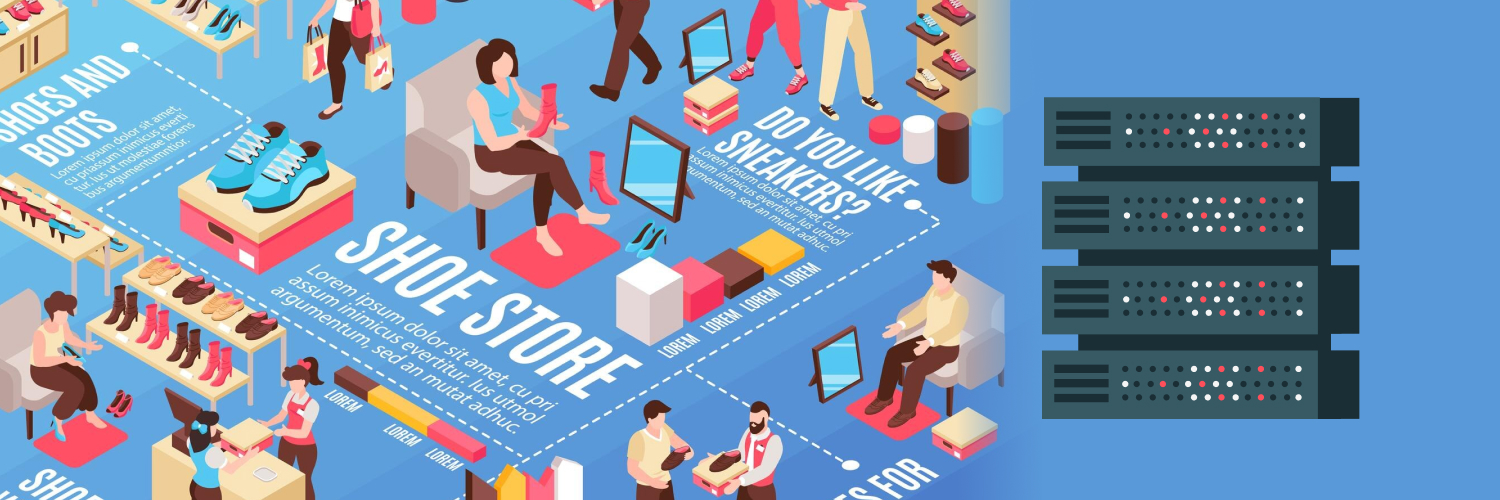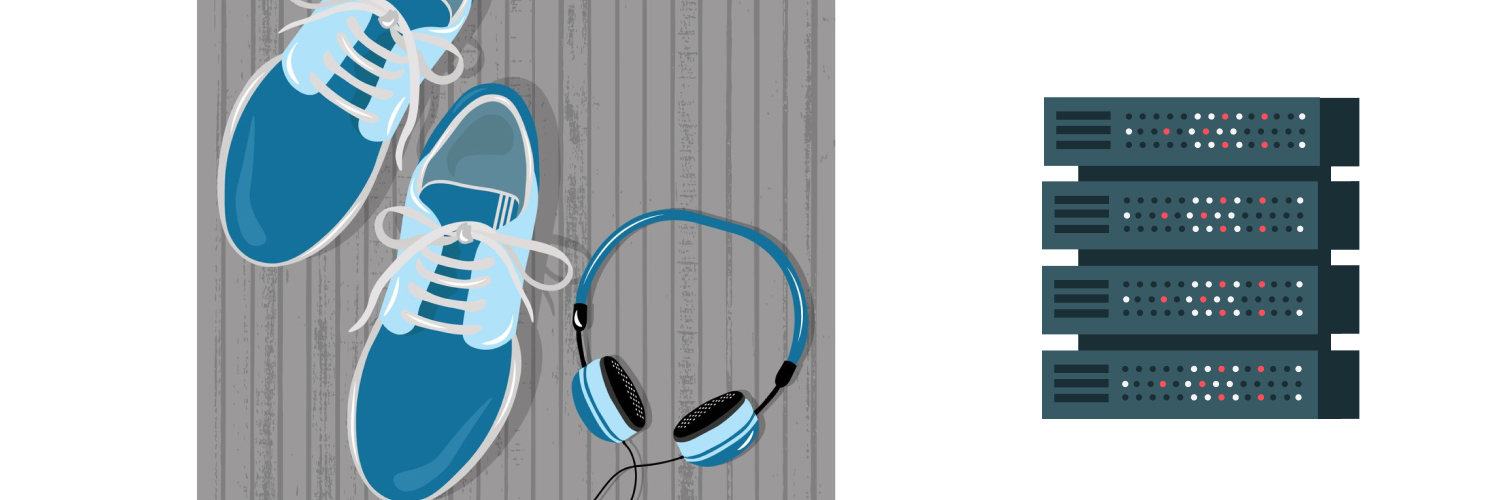Your Complete Guide to the Sneakers Market
Whether you’re a diehard sneakerhead supporting your search for the grail or you’re just interested in making some extra cash, reselling kicks can pay off in a major way. If you’re not familiar with sneaker culture, you may be surprised at how much money can be made from the sneakers market. Normally, if you buy an item at the retail price and turn around and resell it, you’ll take a loss. Cop the right pair of limited-edition sneakers, however, and you can make a mint.
The Cultural Phenomenon of Sneakers
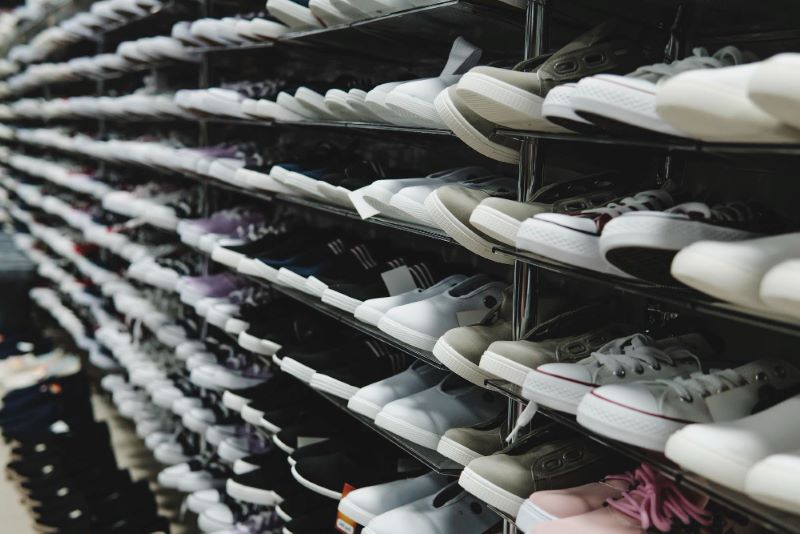
Celebrities and sneakers have a long history, dating back to 1922 when basketball star Chuck Taylor gave his name to the now-legendary high-top Converse, but the rise of modern-day sneakerheads have their roots in the 1970s. In her book, Sneakers: Fashion, Gender, and Subculture, sociologist Yuniya Kawamura traces the first wave of sneaker culture to the early 1970s, coinciding with the emergence of hip-hop culture.
The second wave kicked off with the launch of Air Jordans in 1984, a move that cemented Nike’s place in sports celebrity endorsements. Adidas’ partnership with Run-DMC, who released “My Adidas” in 1986 further cornered its share of pop-culture fame. Nike and Adidas continued to be major players driving the $79 billion dollar sneaker business.
How the Secondary Sneaker Market Became a Billion-Dollar Industry
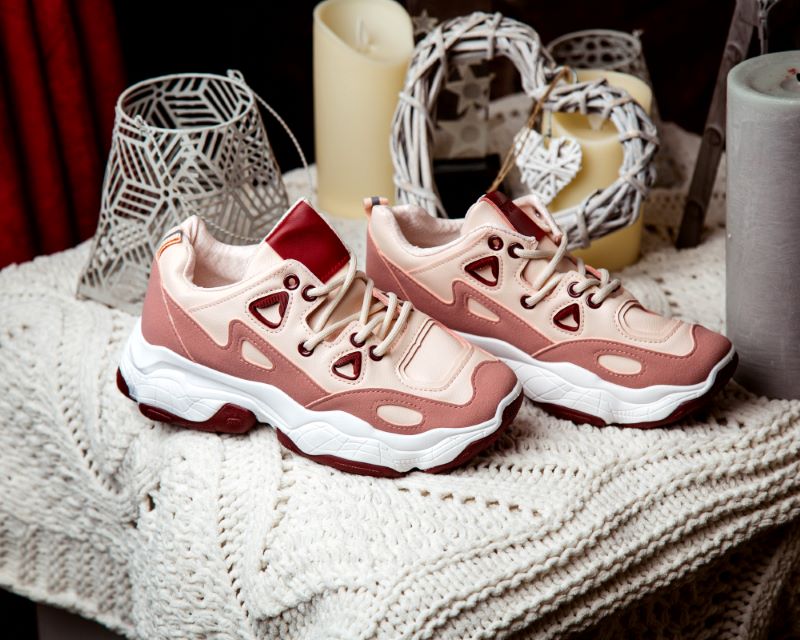
That brings us to the third wave of sneaker culture, where copping a fresh drop isn’t just a status symbol but can earn you serious bank. Kicks have gone from streetwear to Wall Street, with Cowen Equity Research classifying them as an emerging alternative asset class. This is largely due to the exploding resell market, which is expected to reach 30 billion dollars by 2030.
Although collectible shoes have always commanded a high price, the resell market wouldn’t be what it is today without the drop. The marketing technique known as the drop was popularized in New York by the skater brand, Supreme, who turned it into a weekly event. It didn’t take long for other brands to take notice and follow suit.
For popular brands, the drop creates the perfect scenario where demand far exceeds supply. People lucky enough to cop a pair of sneakers during a drop could turn around and sell their prize for many times what they paid for them. With the promise of quick, easy money, more and more resellers got into the game.
Every commodity needs an official market, and sneakers are no exception. StockX is the stock market of sneakers. In addition to serving as a secondary market for buying and selling shoes, StockX includes a 12-month price history and other market indicators such as volatility, average sale price, and trade range.
While it’s difficult to know exactly how many sneakers were sold in the resale market, in 2020, StockX’s gross merchandise volume was $1.8 billion dollars. All of the most popular brands sell on StockX for anywhere from 30% to 54% over retail, with heats going for much more.
Investing in Sneakers
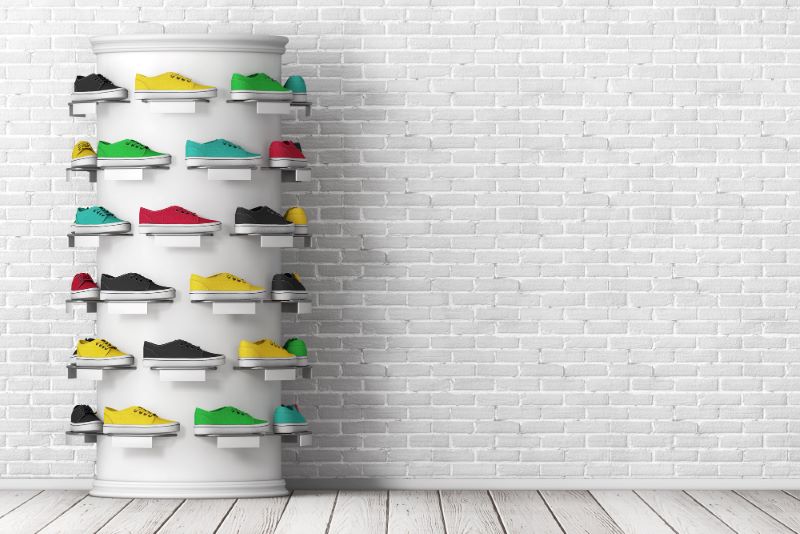
If you’re convinced and ready to start investing in sneakers, here are some tips on what you can expect and how to get started:
How much money can you make?
How much money you can make reselling sneakers depends on a lot of different factors, including what kicks you cop, how much you have to start with, and the volume you sell. Reselling sneakers requires some significant up-front cash since retail shoes aren’t cheap and neither are the tools you need to cop at scale. Although YouTube is full of people claiming to be raking in six figures selling shoes (and are happy to share their secrets with anyone willing to shell out for their course), it’s probably better to focus on what you earn per sale.
If you manage to score at a drop that sells out quickly, you can expect to turn around and make $80 to $100 over what you paid for the sneakers. Your profit will increase, of course, the rarer and more in-demand your kicks are. This doesn’t account for the money you may spend on storage space, bots, proxies, and other tools of the trade. While it’s probably best to start small, if you want to command a significant chunk of the market, you’re going to have to do a large volume of business.
Learn the market
Before you can decide if a drop is an instacop or a bust, you have to understand the market. If you’re already a sneakerhead, this may be a no-brainer for you. If, however, you’re more accustomed to going to the local discount store and buying whatever shoes are on sale, then you’re probably going to have to put in a lot more effort. Start with sites like HypeBeast and Highsnobiety to get an idea of what’s hot.
As mentioned above, StockX is a great place to get an idea of the current market value of a pair of shoes. You can also check eBay and some other reselling platforms to find out what’s selling and for how much.
Invest in tools
Drops are so competitive that many sell out in minutes. If you show up at a drop website planning to cop the latest Yeezys, you’re going to be in for a disappointment. The secondary sneaker market is powered by bots. Professional resellers will have already bought multiple pairs before you manage to fill your cart. They do this with sneaker bots.
Bots
Sneaker bots are automated programs that fill your cart and check out faster than any human can. Setting up a bot before a drop will give you the best chance of scoring a W on drop day. Because drops are so competitive, you’ll probably need a specialized bot to win. All-in-one sneaker bots are an appealing concept but aren’t going to be fast enough to get the job done.
In addition to one or more sneaker bots, you’ll need a raffle bot as well. The widespread use of sneaker bots made it almost impossible for regular sneakerheads who were just in it for the love of sneakers to score a pair. To combat this, retailers started using raffles to sell shoes. You enter a raffle and if you win a ticket, you’re guaranteed a pair of shoes.
Of course, it didn’t take long for resellers to create bots for winning raffles. Now, many sneaker bots and raffle bots are in such high demand that you need to win a raffle to buy one.
Proxies
Websites that host drops and raffles want to discourage bots, so if they detect bot-like activity, they’ll block your IP address. Using proxies will help your bot mimic human behavior so it’s less likely to get banned. There are three types of sneaker proxies, data center, ISP and residential.
Data center proxies are the cheaper option, and they can be faster, particularly if you’re trying to cop sneakers from a foreign country and you’re using a data center located in that country. The disadvantage of data center proxies is that they’re easily identifiable as originating from a data center. This can raise red flags for websites that are trying to block bots and cause you to get banned more frequently.
Residential proxies have more authority since they are IP addresses that belong to actual people. They’re issued by internet service providers and appear more authentic than data center proxies. They’re more expensive because they’re harder to source, but when seconds count and downtime can result in lost income, they’re a solid way to go.
ISP Proxies, the best of both worlds, is both based in a data center while also having residential-level authority and ban prevention. You’ll also get data center speeds! A win-win.
No matter which type of proxies you choose, Rayobyte provides the best proxies on the planet. We set the standard for the proxy industry with our ethically-sourced and reliable proxies.
Extras
In addition to bots and proxies, you’ll need some extra email addresses and a virtual credit card. Most raffles and bots limit entries or purchases to one per customer. If you want more than that, you’ll need a separate email and credit card number for each submission.
Know the real deal
It’s no surprise that an industry as valuable as the sneaker market has generated a lot of fakes. Nothing will ruin your reputation as a reseller faster than selling a pair of knockoffs. Counterfeiters are increasingly savvy, so it can be hard to tell. There are some foolproof methods of being sure you’re getting the real thing, though.
If you’re buying from an official drop, you can rest assured you’re getting authentic shoes. StockX is also another platform that guarantees authenticity. Sellers have to send their shoes to StockX, which has its own experts verify them before they send them to the buyer. You can get a similar service from eBay. There are also some third-party sites that will verify your sneakers.
What size should you buy?
One aspect of reselling that many newbies don’t consider is the best shoe size to resell. Making money on kicks isn’t just about buying the right shoe, it’s about buying the right size. Although common sizes sell quickly, rarer sizes sell for higher prices. According to StockX, sizes 16 and 4.5 sell for nearly twice the original retail price. Of course, for hot releases, any size is better than leaving with nothing.
Finding Your Niche
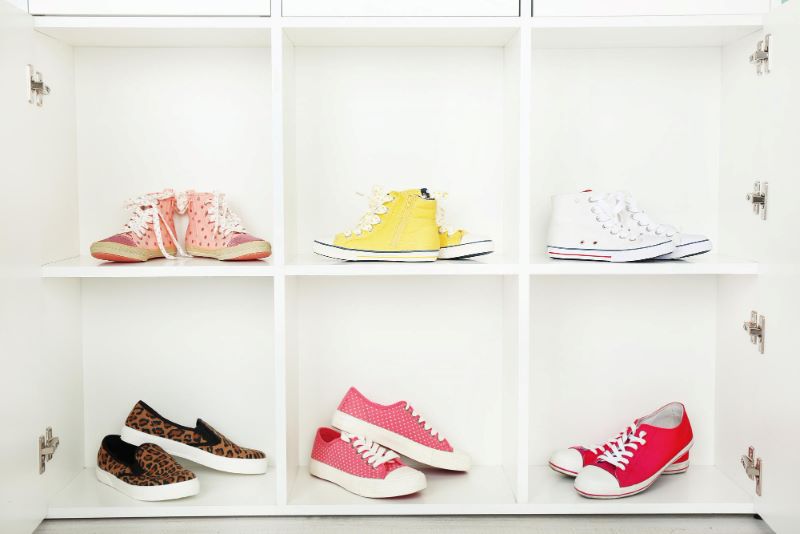
Copping kicks from drops is one way to make money reselling, but it’s not the only way. There are several different ways you can get into the reselling market. Some methods require more of a time investment, while others require more money. You might choose to start in one niche and work your way up to another as your profits increase.
Used shoes
You won’t see the dramatic profits from used shoes that you will get from new releases (unless you stumble on a classic in excellent condition), but the used shoe market gives you the opportunity to break into the game without the upfront investment that new releases require. If you make a mistake with a $20 pair of shoes you bought off Marketplace, the stakes are a lot lower than if you mess up on a $300 buy.
Sourcing shoes
Buying used shoes requires more diligence and skill. You won’t have the guarantee of authenticity that you’d get from a major retailer or a site like StockX. A lot of times, a deal that seems too good to be true really is. Sifting through thrift stores for brand-name shoes in excellent condition takes a lot more time and effort than entering a raffle. However, if you enjoy treasure hunting, it can be a lot of fun.
You’ll need to have a solid understanding of the market so you don’t spend too much on a dud or pass up a hidden gem. Use your phone while you’re searching. In the beginning, you’ll probably have to look up everything. But eventually, you’ll develop a sharp eye and sourcing won’t take as much time.
When it comes to finding used shoes, you have a lot of choices. Local thrift stores will be the cheapest option, but they’ll also be hit or miss. You might spend all day searching and come up empty-handed, but you also might score heat the first time you walk in.
Consignment shops are a step up from thrift stores. They are usually pickier about what they take. You’re likely to find brand-name, gently used shoes that are still in good condition. Consignment shops have higher prices than thrift stores, but you’ll still find bargains. You can expect to pay approximately one-third to one-half of the retail price for shoes at consignment shops.
Cleaning and restoring shoes
If you find an otherwise valuable pair of shoes that are a little scuffed, it can be worth it to clean them up before you sell them. Shoes that look new obviously sell better than shoes that look worn. Some intrepid sellers even restore shoes that are in bad shape.
If you’re interested in trying your hand at restoring shoes, start with a pair that you don’t mind messing up, preferably a very cheap or free pair. Once you develop your skill, you can try restoring a more valuable pair. No matter how good you get, though, don’t get sucked into paying more for a pair of shoes than they’re worth because you think you can restore them.
Taking pictures
Taking good pictures is critical when you’re selling used shoes. You want to make your shoes look good while still giving customers an accurate idea of any flaws. If you take a great picture that hides a stain or damage, not only will you upset your buyers, you also might get banned from your reselling platform. Always take your own pictures rather than using a stock photo or a picture from a brand’s website.
Lighting is the most important part of getting a good picture. Taking pictures in natural light is always best unless you have a studio flash set up and you know how to use it. Avoid harsh light, however. You can get good results by taking pictures in front of a window with the blinds open as long as you’re not in direct light.
If you don’t have a good window, take pictures outside. Look for an area with open shade and no dappled light. You’ll get more even, flattering results. If possible, use a model. You don’t need a whole-body picture, but shoes look best on someone’s feet. It’s always better to have too many pictures than not enough. Take pictures from all angles, including the side, top, and bottom.
If there are any spots, stains, or damage, take close-ups of those and point them out in your listing. Providing accurate information about flaws will boost your credibility and ensure your customers aren’t disappointed.
Don’t forget to include pictures of the shoes in the original box as well as the receipt, if you have them. An original box and receipt can go a long toward proving the authenticity of your shoes. Make sure you black out any identifying information on the receipt.
Reselling from the secondary market
There’s a market between scouring thrift stores for used shoes and anxiously trying to win a raffle for a new drop. Flipping shoes that you buy from one of the secondary marketplaces takes some skill and luck, but it can be done. eBay and Mercari are good places to start. These sites can be competitive, though, so you’ll have to check them frequently for good deals.
One way to time the market on sneakers that are good but not highly in demand is to hold onto them. This may not be possible if you need to make back your investment, but you might see a significant rise in price if the shoes are no longer available. Naturally, the sneakers that were originally sold will get worn out. The longer you hold them, the fewer pairs there will be in new condition.
While it’s not exactly a secondary marketplace, it’s worth checking discount stores such as TJ Maxx and Marshall’s. You probably won’t find a pair of Yeezys there, but you might find a good pair of Nike or Adidas you can sell for a profit.
Copping new releases
Copping new releases is where all the glamor is in sneaker reselling. If you follow some of the most prolific resellers, you’ll see Instagram pics of them in a fancy car next to a stack of new releases. If you were just trying to win a pair you love, it can be infuriating as well. However, this is also the most expensive method of reselling.
Be prepared to invest
The old adage, “You have to spend money to make money,” is very true when it comes to top-tier sneaker reselling. Setting up multiple bots is expensive, and that’s before you’ve bought your first pair of shoes. Even if you plan to resell them quickly, you have to be able to front the money and have the room to store them. Unless you have a wad of cash looking for a purpose, you may want to work your way up to this strategy.
Narrow your focus
If you are planning to focus on scoring drops, you may want to choose a brand to focus on and learn as much as you can about it. This will help you judge when you’re getting a deal you should stock up on and when you should take a pass. You can gradually add more brands as you learn more about the market.
Pick a strategy
Another choice you’ll need to make when you’re starting is whether you should focus on selling a lot of shoes with a smaller profit margin or fewer high-profile shoes with larger margins. Although you’ll probably use both strategies eventually, you may want to focus on one to start. If you have more money than space, it makes sense to start selling fewer shoes with higher margins.
On the other hand, if you want to get started with as little up-front investment as possible, buying cheaper shoes that turn a smaller profit is a good strategy. Plan to reinvest your profits, and you’ll be copping high-value sneakers in no time.
Join a cook group
A cook group is a community of sneakerheads on a social media platform that provides information about everything related to sneakers. Good cook groups are led by experts and publish release guides on sneaker drops, host giveaways, and offer group buys on bots. You have to buy in to many of the most popular cook groups, but the benefits and information you’ll gain from it are worth it.
It’s also a good idea to join a community of sneakerheads that’s not a cook group, such as more standard social media groups. This will help you stay on top of trends, and they give you a place to ask questions you may not want to ask in your cook group.
The Future of Sneaker Reselling
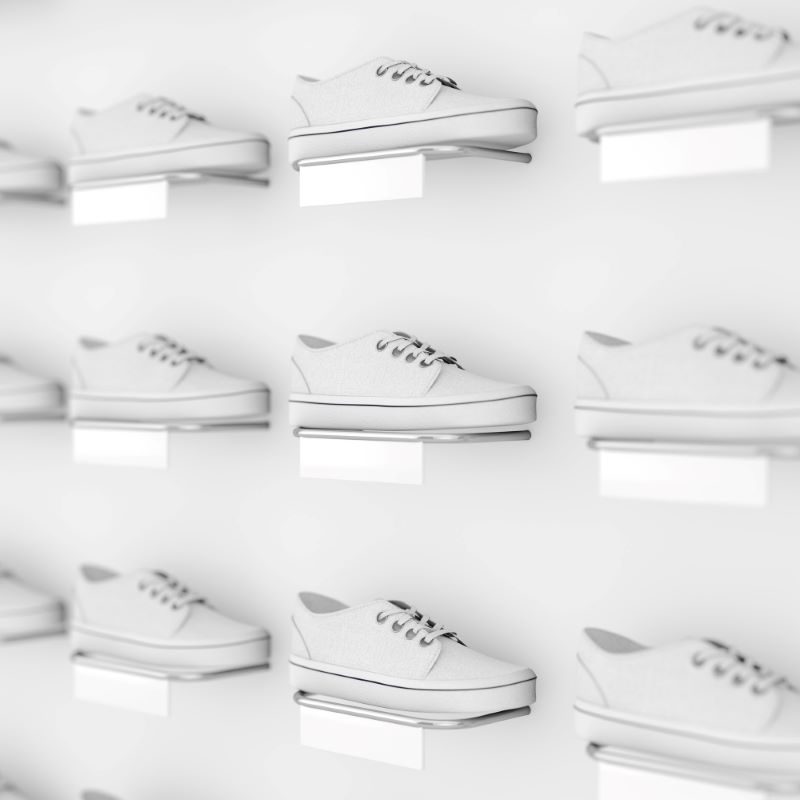
There are no signs the secondary sneaker reselling market is going anywhere. If anything, all signs point to continued growth and expansion. As technology continues to develop, the market will face challenges and changes, but it looks like a bright future ahead for sneaker resellers.
Conclusion
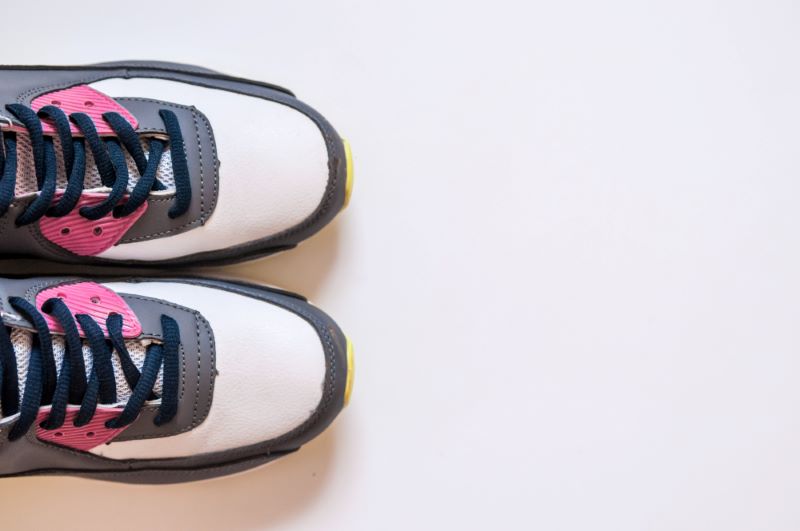
Sneakerhead culture and the sneaker market are fascinating from a historical and cultural perspective. From their humble beginnings as practical footwear, sneakers have become a global obsession, been labeled a commodity, and featured in museums. What started with Chuck Taylor endorsing a pair of Converse in the early 1900s led to the ubiquitous shoe deal for almost every basketball player and many other celebrities as well. Can you even consider yourself famous if you don’t have a sneaker collab?
The secondary sneaker market is now worth billions and is only expected to get bigger, attracting true-blue sneakerheads as well as people looking to make some quick cash. Whichever category you fall into, breaking into the sneaker game requires a combination of talent, hard work, and luck. You don’t have to learn everything at once, though. There are options for getting into the secondary market that aren’t as complicated or expensive as trying to cop new releases.
If you want to start at the bottom and learn on the job, selling used shoes is a low-risk strategy. You can find used name-brand sneakers for rock-bottom prices at almost every thrift store. They won’t bring in the major profits that the big name sneakers will, but you can reinvest your profits, learn the market, and earn money for more expensive kicks.
In the meantime, spend some time in a cook group and the sneakerhead community to learn as much as you can. When you are ready to start copping new releases, you’ll be prepared. Invest in the bots and other tools you need to get started. Finally, choose a reliable proxy provider for your sneaker and raffle bots. Quality proxies will pay for themselves many times over.
Learning about bots, proxies, drops, and raffles can seem overwhelming. It is complicated but with some persistence and dedication, you can learn everything you need to know to join the thriving sneaker market.
Follow Rayobyte on Twitter and Discord for all the latest news and information about sneaker proxies.
The information contained within this article, including information posted by official staff, guest-submitted material, message board postings, or other third-party material is presented solely for the purposes of education and furtherance of the knowledge of the reader. All trademarks used in this publication are hereby acknowledged as the property of their respective owners.





